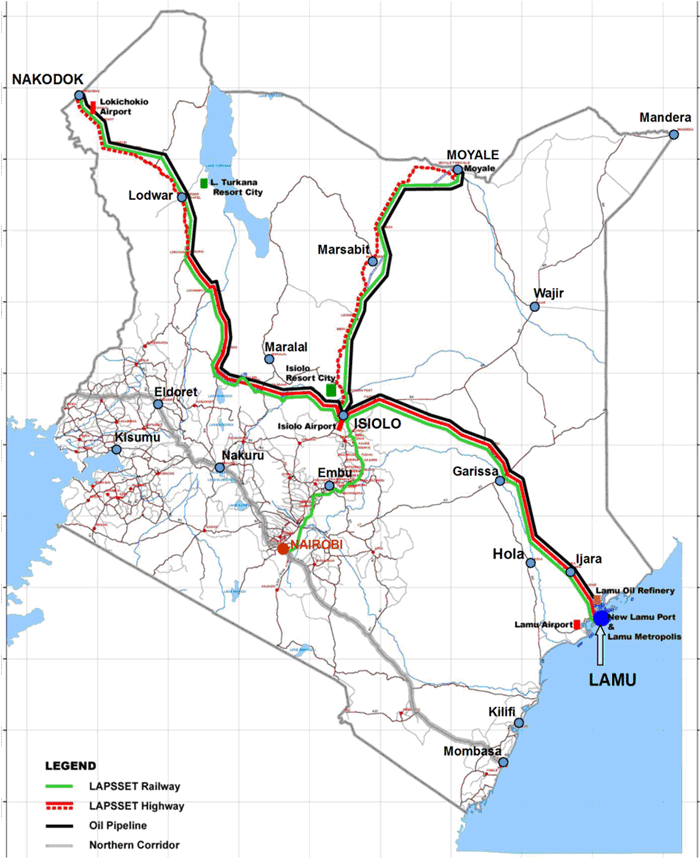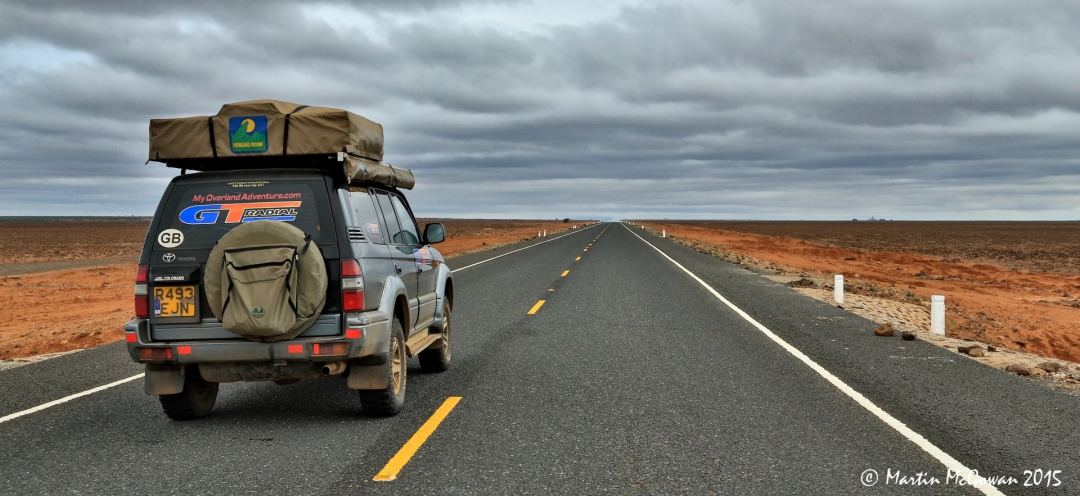Boda254
JF-Expert Member
- Feb 26, 2015
- 379
- 110
Progress so far :
1. Construction of the first three of the 32 berths at the Lamu Port has commenced , the first one to be ready in the next 24 months, the second in June 2019. The third to be ready in 45 months
2. Preliminary infrastructure such as headquarters, power transmission lines and substation and an ultra modern police station have already been built.
3. The 500 km road running from Isiolo through Marsabait to Moyale on to the Ethiopian border to be completed by the end of the year
4. The 500 km road linking Moyale and Hawassa city in south Ethiopia will be completed by end of next year
5. The construction of the 338 km Lokichar –Lodwar –Nadapal road terminating at Kenya’s border with sudan will commence in August, it will be ready after 36 months.
6. The 860 km Lamu – Garrissa- Isiolo-Lokichar road is at the detailed engineering design stage, the process will be completed by mid next year. Meanwhile the detailed design for the garissa –lamu section is complete. The one for the isiolo -garissa section will be completed this September. Preparations for the construction of the two sections are underway to commence mid next year.
7. Construction of the Lamu –witu- Grasen road connecting to an existing B8 road will commence next month ( July 2016)
8. Detailed engineering’s have been completed on the road link with South Sudan, between lokichar- lodwar-nakodok on the Kenyan side and nakodok-torit-juba on the Sudan side. The world bank has provided Kenya with a credit of $ 500 million to undertake the construction of the lokichar nakokdok section ( 320 km) to begin this year (2016).
9. The African development bank is also currently supporting detailed engineering designs and feasibility studies or the lamu- garissa-isiolo-nguyan section.
10. The lapsset standard gauge railway is currently proceeding to detailed engineering design. Preliminary engineering and feasibility studies have been completed on both the Kenyan and Ethiopian sides. The governments of Ethiopia and Kenya have signed a bilateral agreement to jointly pursue the development of the railway project.
1. Construction of the first three of the 32 berths at the Lamu Port has commenced , the first one to be ready in the next 24 months, the second in June 2019. The third to be ready in 45 months
2. Preliminary infrastructure such as headquarters, power transmission lines and substation and an ultra modern police station have already been built.
3. The 500 km road running from Isiolo through Marsabait to Moyale on to the Ethiopian border to be completed by the end of the year
4. The 500 km road linking Moyale and Hawassa city in south Ethiopia will be completed by end of next year
5. The construction of the 338 km Lokichar –Lodwar –Nadapal road terminating at Kenya’s border with sudan will commence in August, it will be ready after 36 months.
6. The 860 km Lamu – Garrissa- Isiolo-Lokichar road is at the detailed engineering design stage, the process will be completed by mid next year. Meanwhile the detailed design for the garissa –lamu section is complete. The one for the isiolo -garissa section will be completed this September. Preparations for the construction of the two sections are underway to commence mid next year.
7. Construction of the Lamu –witu- Grasen road connecting to an existing B8 road will commence next month ( July 2016)
8. Detailed engineering’s have been completed on the road link with South Sudan, between lokichar- lodwar-nakodok on the Kenyan side and nakodok-torit-juba on the Sudan side. The world bank has provided Kenya with a credit of $ 500 million to undertake the construction of the lokichar nakokdok section ( 320 km) to begin this year (2016).
9. The African development bank is also currently supporting detailed engineering designs and feasibility studies or the lamu- garissa-isiolo-nguyan section.
10. The lapsset standard gauge railway is currently proceeding to detailed engineering design. Preliminary engineering and feasibility studies have been completed on both the Kenyan and Ethiopian sides. The governments of Ethiopia and Kenya have signed a bilateral agreement to jointly pursue the development of the railway project.














